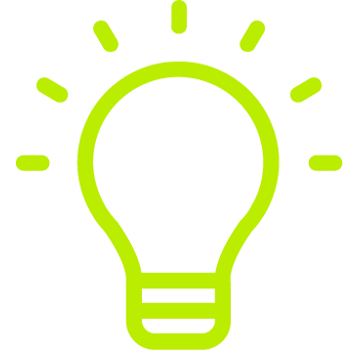We process benefits by rational thinking and value by emotional thinking. Brain research shows that all decisions we make are actually influenced by emotions. Hence, putting effort into really figuring out the benefits and customer value in customer’s context is really important part of being customer oriented.

- Here are some good sample questions on when working on benefits:
- Which enabling changes happen exactly because we use enabler x?
- What main benefits are we looking for?
- Let’s separate each benefit on own line. Which enabling changes are now required for each?
- What should/can we stop doing?
- What new should/can we start doing? (stop and new are more powerful than better, ask for better, too)
- What do our end customer’s expect from us? (use value chain thinking from customer’s end customers to identify potential business impacts)
In mapping benefits, the skill of asking questions is essential. Here are some good example questions:
- What would be most valuable outcomes in this service/project for you?
- What specific value do you get in your role from this development idea?
- If you have two solutions/options/vendors that offer exactly same solution with specific benefits, how would you then decide?
- What kind of business case would make this idea interesting enough for you?
- What do you see as the exact value of this?
- Why would this be relevant to …X?
- Let’s say we manage to get you the savings X you are looking for. What do you get out of it? (customer says, well the money, and you keep asking ‘yes, I understand. What else despite money?)